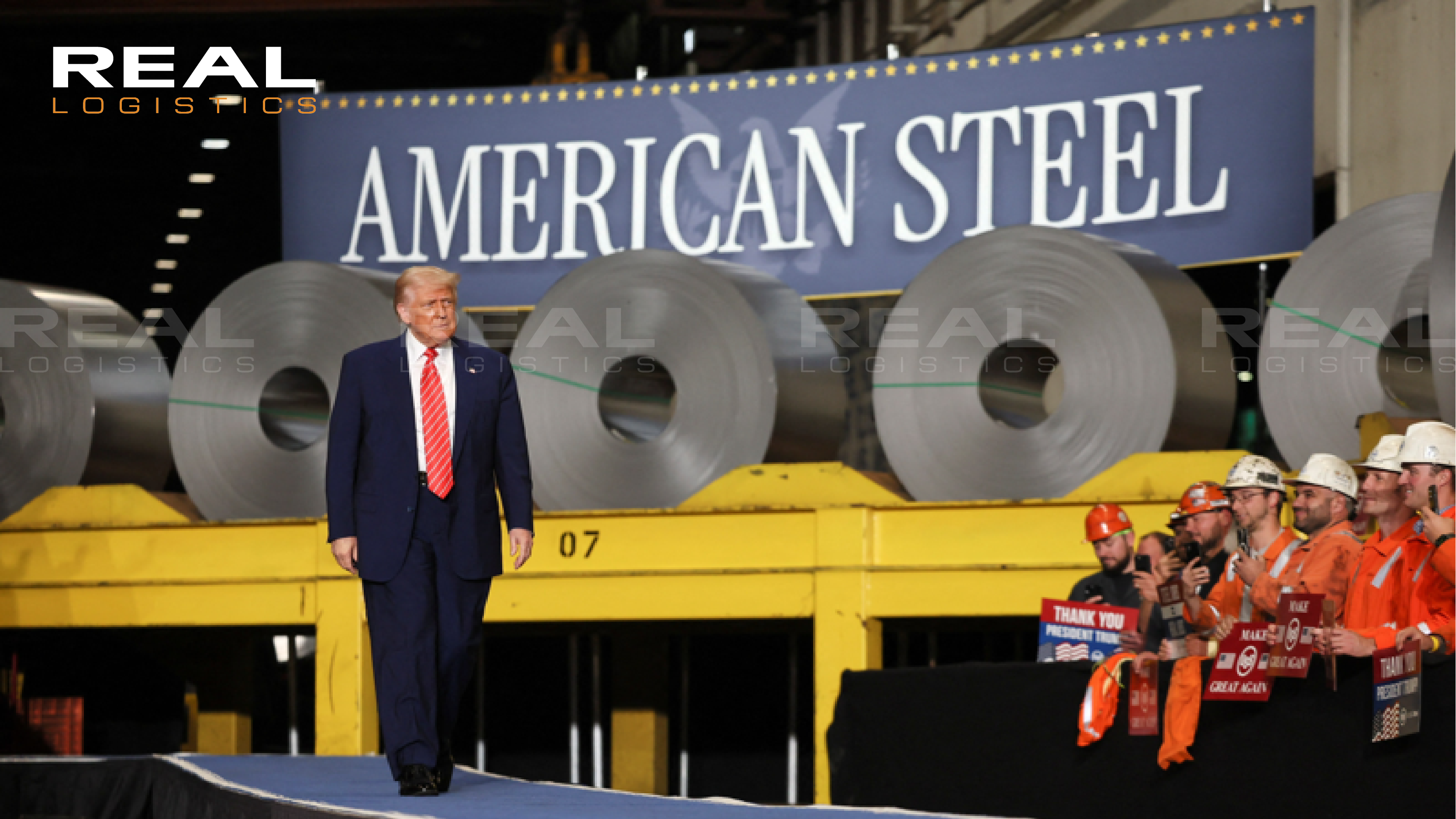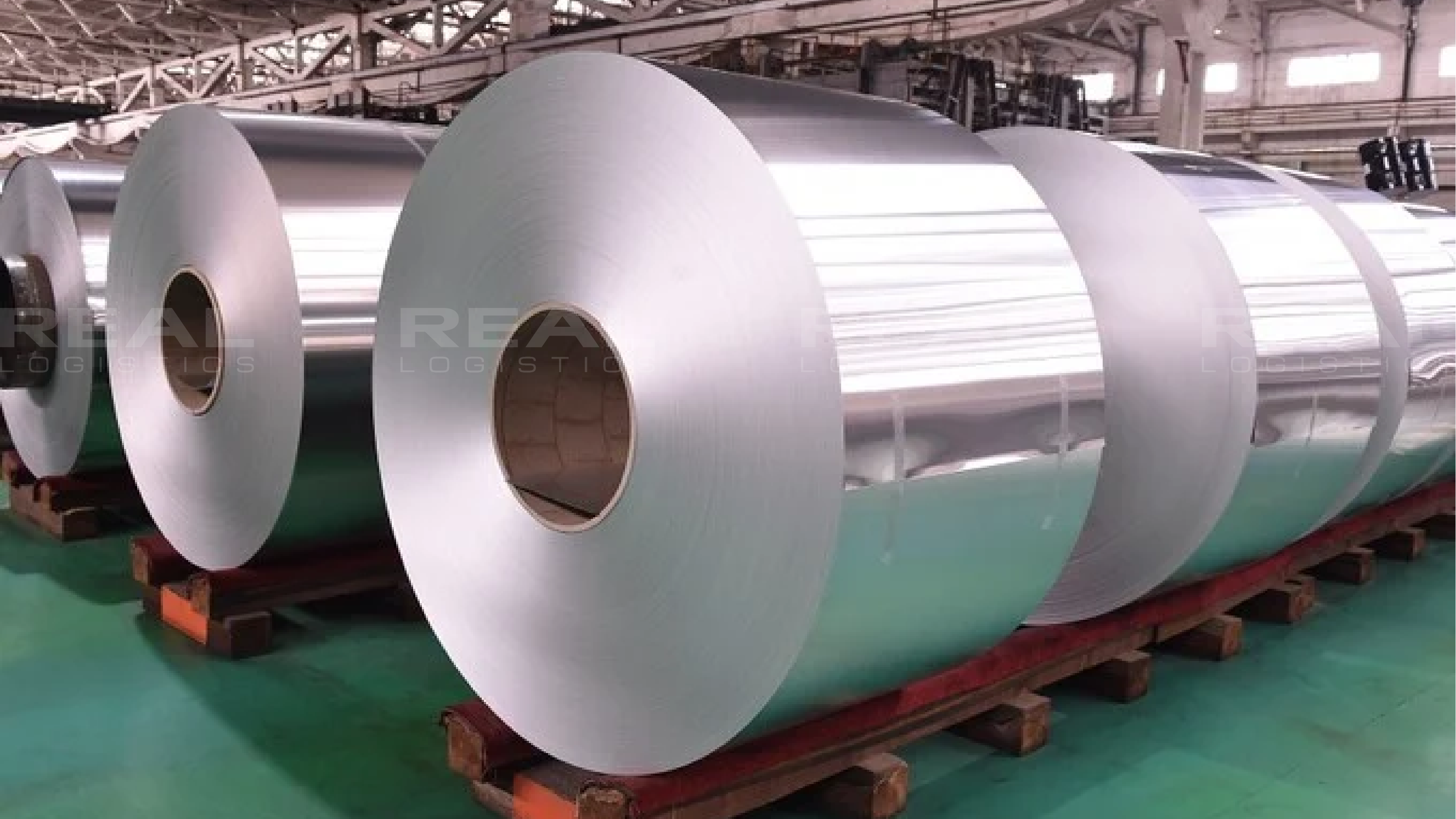US Increases Aluminum & Steel Tariffs to 50% from June 4, 2025: A Global Trade Shift
The international trade landscape is closely monitoring a significant policy move from the United States. Effective 00:01 AM on June 4, 2025 (Eastern Time), tariffs on imported steel and aluminum products entering the U.S. will officially increase to 50%, doubling the previous rate of 25%. This decision, enacted via an executive order signed by U.S. President Donald Trump, marks a bold step aimed at reshaping global trade dynamics.
1. Details of the New Executive Order on Aluminum and Steel Tariffs
The new executive order was signed by the U.S. President on June 3 and became effective on June 4, 2025. This move continues the "Protecting Domestic Industry" policy previously pursued by the administration, based on Section 232 of the Trade Expansion Act of 1962. This provision allows the President to impose tariffs or restrict imports if it is determined that such imports threaten national security.
The rationale provided for the tariff hike is that the previous 25% rate was deemed insufficient to protect the domestic U.S. steel and aluminum industries from excessive imports or unfair subsidies, which were believed to be severely harming domestic producers and threatening national defense manufacturing capacity.

2. Exceptions and Initial Reactions
While the tariff increase is broadly applied, the United Kingdom is the sole country currently exempted from the new 50% tariff. Steel and aluminum products from the UK will continue to be subject to the 25% tariff until at least July 9, 2025, due to ongoing bilateral trade negotiations with the U.S.
Immediately, this decision drew reactions from several major U.S. trade partners:
- Canada and Mexico: These two nations, particularly Canada (the largest exporter of aluminum to the U.S.), are expected to be significantly impacted and may face new trade tensions.
- European Union (EU): The EU has warned of retaliatory measures if the U.S. proceeds with the tariff hike. EU officials assert they will protect the interests of European steel and aluminum producers.
- China: Has urged the World Trade Organization (WTO) to take action against the U.S. move, arguing it constitutes trade protectionism and violates WTO rules.
- Experts and economic organizations: Many analysts have expressed concerns about the negative impact of this policy on global supply chains, leading to increased production costs and higher consumer prices.

3. Potential Impacts and Broader Context
The U.S. decision to increase steel and aluminum tariffs to 50% is not just an economic move but also a strong signal regarding a protectionist trade policy direction. This could potentially lead to:
- Escalation of trade tensions: Potentially triggering a series of retaliatory actions from affected countries, thereby weakening the multilateral trading system and creating instability in global markets.
- Shifts in trade flows: Exporting nations of aluminum and steel will likely need to seek new markets, while U.S. importers will face higher costs or need to source from domestic suppliers or exempted countries.
- Impact on manufacturing industries: Sectors heavily reliant on aluminum and steel, such as automotive, construction, and machinery manufacturing, will likely face increased raw material costs.
This latest decision by the U.S. once again underscores its prioritization of domestic economic and national security interests, demonstrating a readiness to use tariffs as a protective measure. Businesses and policymakers worldwide will need to closely monitor further developments and prepare appropriate response strategies.
—————————————
Real Logistics Co.,Ltd
👉 Facebook: Real Logistics Co.,Ltd
☎️ Hotline: 028.3636.3888 | 0936.386.352
📩 Email: info@reallogistics.vn | han@reallogistics.vn
🏡 Address: 39 - 41 B4, An Loi Dong, Thu Duc, HCM City
51 Quan Nhan, Nhan Chinh, Thanh Xuan, Ha Noi City

